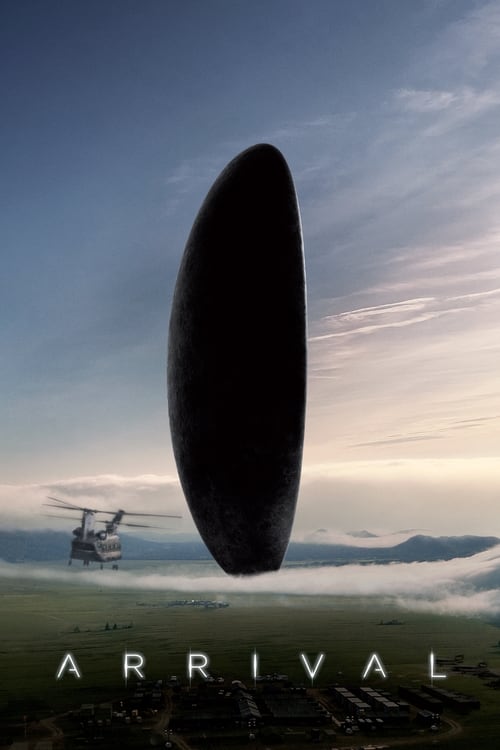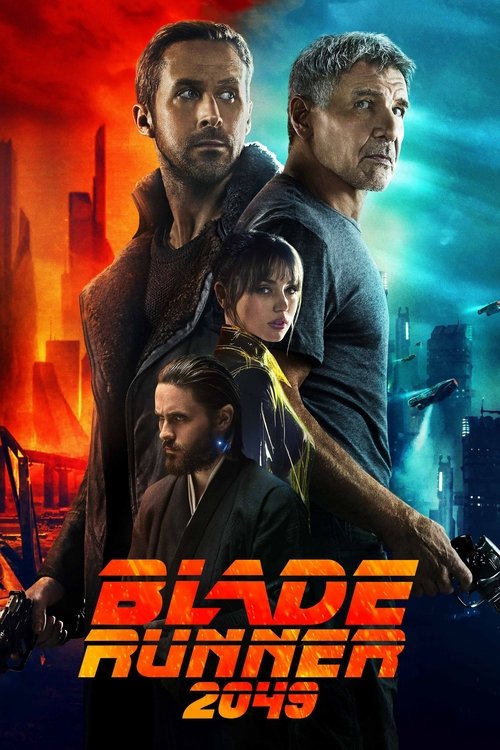Denis Villeneuve: Sci-Fi Atmosphere & Scale
Thoughtful spectacle
Denis Villeneuve has redefined contemporary science fiction cinema by masterfully balancing philosophical depth with breathtaking visual spectacle.
Villeneuve's entrance into science fiction marked a significant shift in the genre's theatrical landscape. His 2016 film "Arrival" demonstrated his ability to craft intellectually engaging narratives while maintaining emotional resonance. Working with cinematographer Bradford Young, Villeneuve created a visual language that emphasized scale through careful composition, often placing human figures against massive alien structures to highlight themes of human insignificance and cosmic mystery. The film's approach to alien communication and non-linear time storytelling set it apart from traditional first-contact narratives, establishing Villeneuve's commitment to thoughtful science fiction that prioritizes ideas over action.
Featured Films

Arrival
(2016)
Linguistic expert Louise Banks attempts to communicate with mysterious aliens while experiencing non-linear time perception
Streaming on Paramount+

Enemy
(2013)
While not strictly sci-fi, this psychological thriller showcases Villeneuve's mastery of atmosphere and surreal imagery
Streaming on Prime Video
"Blade Runner 2049" (2017) represents Villeneuve's mastery of environmental storytelling and atmospheric world-building. Collaborating with legendary cinematographer Roger Deakins, Villeneuve created a visual epic that expanded upon Ridley Scott's original while establishing its own distinct identity. The film's use of scale is particularly noteworthy, with massive architectural structures and sprawling cityscapes that dwarf the characters, emphasizing themes of human insignificance in a corporate-dominated future. The orange-tinted Las Vegas sequences and the stark, snow-covered brutalist architecture of Wallace Corporation showcase how Villeneuve uses environment as a character itself.
Villeneuve's collaboration with sound designer Theo Green and composer Hans Zimmer has created some of modern cinema's most immersive audiovisual experiences. In "Dune" (2021), the sound design becomes an integral part of the worldbuilding, from the distinctive throaty rumble of ornithopters to the bone-rattling bass of the thumpers used to summon sandworms. The integration of sound and visual effects creates a tangible sense of scale that makes the fantastic elements feel grounded and real. This attention to sonic detail has become a hallmark of Villeneuve's science fiction work, using sound not merely as accompaniment but as a crucial storytelling element.
Throughout his science fiction works, Villeneuve has maintained a commitment to practical effects enhanced by digital elements, rather than relying solely on CGI. This approach is particularly evident in "Dune," where massive sets were constructed to ground the actors in real environments. The sandworms, while digitally created, were designed with meticulous attention to physical plausibility, with their movement based on real-world physics and natural phenomena. This dedication to physical reality, even in fantastical settings, helps create the sense of weight and presence that distinguishes Villeneuve's science fiction from more purely digital spectacles.
Villeneuve's science fiction consistently explores philosophical questions about human nature, consciousness, and time. In "Arrival," the Heptapods' non-linear perception of time serves as a vehicle for exploring free will and determinism. "Blade Runner 2049" examines the nature of consciousness and identity through the lens of artificial beings, while "Dune" tackles themes of colonialism, religious prophecy, and ecological responsibility. These weighty themes are never treated as mere background elements but are integrated into the visual and narrative fabric of each film.
More Ideas
More from Acclaimed Directors
The Coen Brothers: Genre Pastiche & Visual Wit
Postmodern storytellers
Christopher Nolan: Time, Memory & IMAX Spectacle
Puzzle box narratives
Jordan Peele: Horror Through Social Commentary
Genre as activism
Frederick Wiseman: Institutional Observer
Fly-on-the-wall realism
Errol Morris: Truth Detective
Investigation through film
Michael Moore: Provocateur Documentarian
Political activism through cinema
Fritz Lang's Architectural Psychology
Space as character






